Nicola Samorì’s first solo exhibition at Nicodim, titled “Blend the Blind,” runs until March 16 in New York. Samorì, an Italian artist born in 1977, has long been fascinated by the aesthetic and conceptual layers of ancient art. His latest body of work takes this fascination to new heights, employing advanced artificial intelligence (AI) to mediate and manipulate classical art motifs with modern visual data. Encapsulated by the function ‘Blend,’ this process allows for the instantaneous fusion of iconic art historical images with diverse visual elements, creating complex and innovative compositions.
The exhibition showcases Samorì‘s continued exploration of historical themes, notably through the recurring motif of Saint Lucy, depicted with her eyes pierced, dripping with color. These oil on panel paintings are a modern reinterpretation of Mannerist sculptures, transformed through AI and then physically ‘blinded’ by the artist, allowing the paint to drip away from the digital-born forms. “None,” a series within the exhibition, features small-scale paintings of censored sexual organs rendered by AI in the creation of male and female nudes. These works, presented on small stones, reflect on the constraints of social norms and the intimate scale of digital consumption, echoing the size of a laptop screen and the private voyeurism of image consumption.
The titular piece, “Blend the Blind,” is a monumental diptych that transposes a small digital rendering into a vast, tactile painting. This work juxtaposes Pieter Bruegel the Elder’s “The Parable of the Blind” with AI-manipulated images of Samorì’s own past works, including sphinx sculptures, maintaining the original’s narrative flow while introducing a harsh discontinuity through physical manipulation of the painting’s surface. “The Roman Butterfly” departs from a depiction of Tarquinio and Lucrezia by Luca Giordano, an image prohibited from AI platforms due to its nudity. Samorì’s method of folding and tearing the painted canvas introduces a physical violence that shifts the act of violence from representation to the actual fabric of the artwork, making a poignant statement on the tangibility of art in the digital age.
Portraits on marble and onyx, featuring faces modeled around natural geodes, further investigate the collision between the virtual and the tangible. These works, derived from a blend of ancient paintings and photographs through AI, question the integrity of images when transferred onto something that is utmost palpable and real, such as stone. Samorì’s extensive use of diverse materials—from oils on stone and copper to traditional canvas—showcases his mastery over and experimentation with different mediums. His work challenges the immateriality of digital creations, advocating for a more deliberate, physically engaging form of art consumption that honors the biological rhythms of creation and perception.
Discover more at Nicodim’s website here.
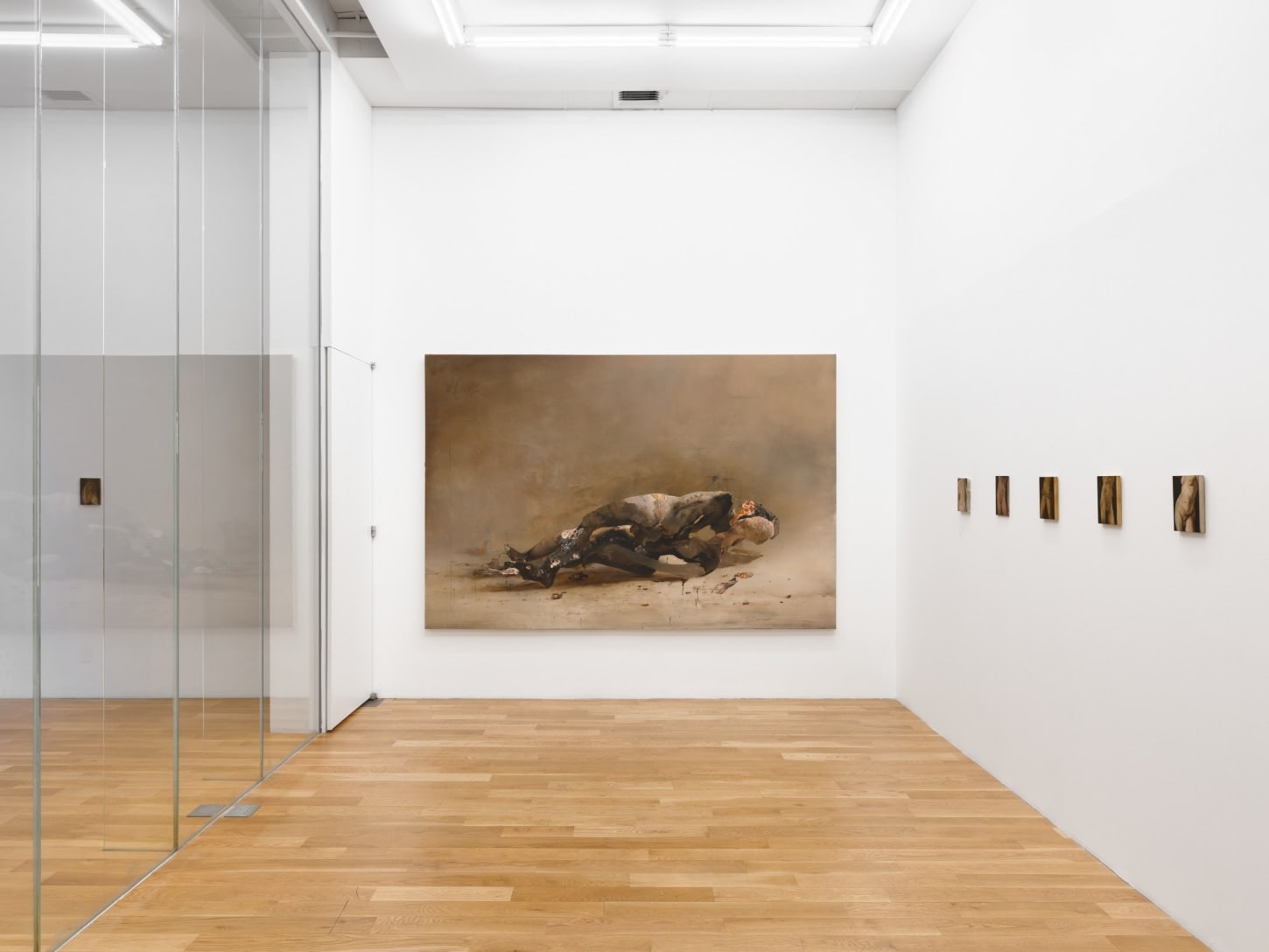
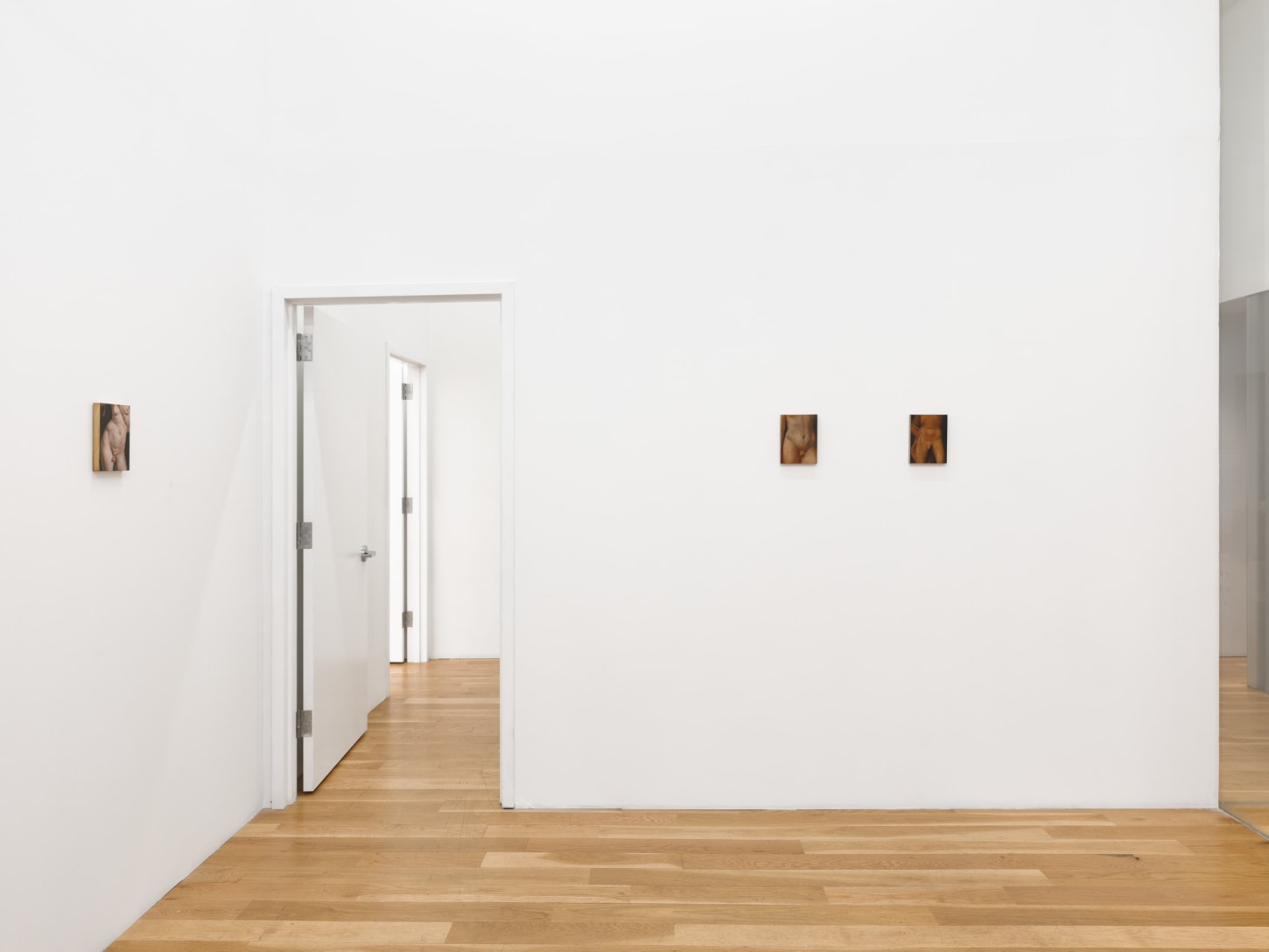
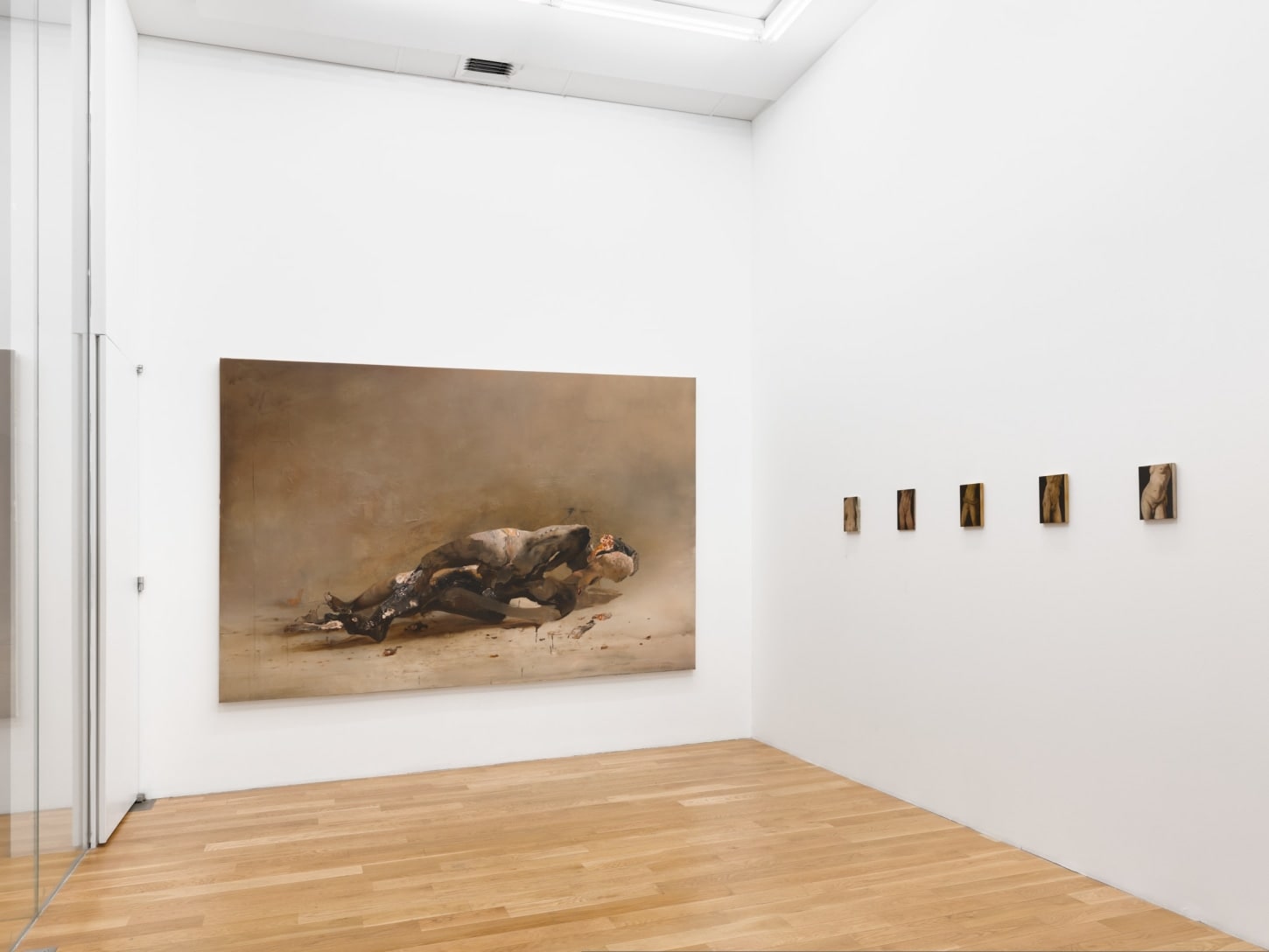
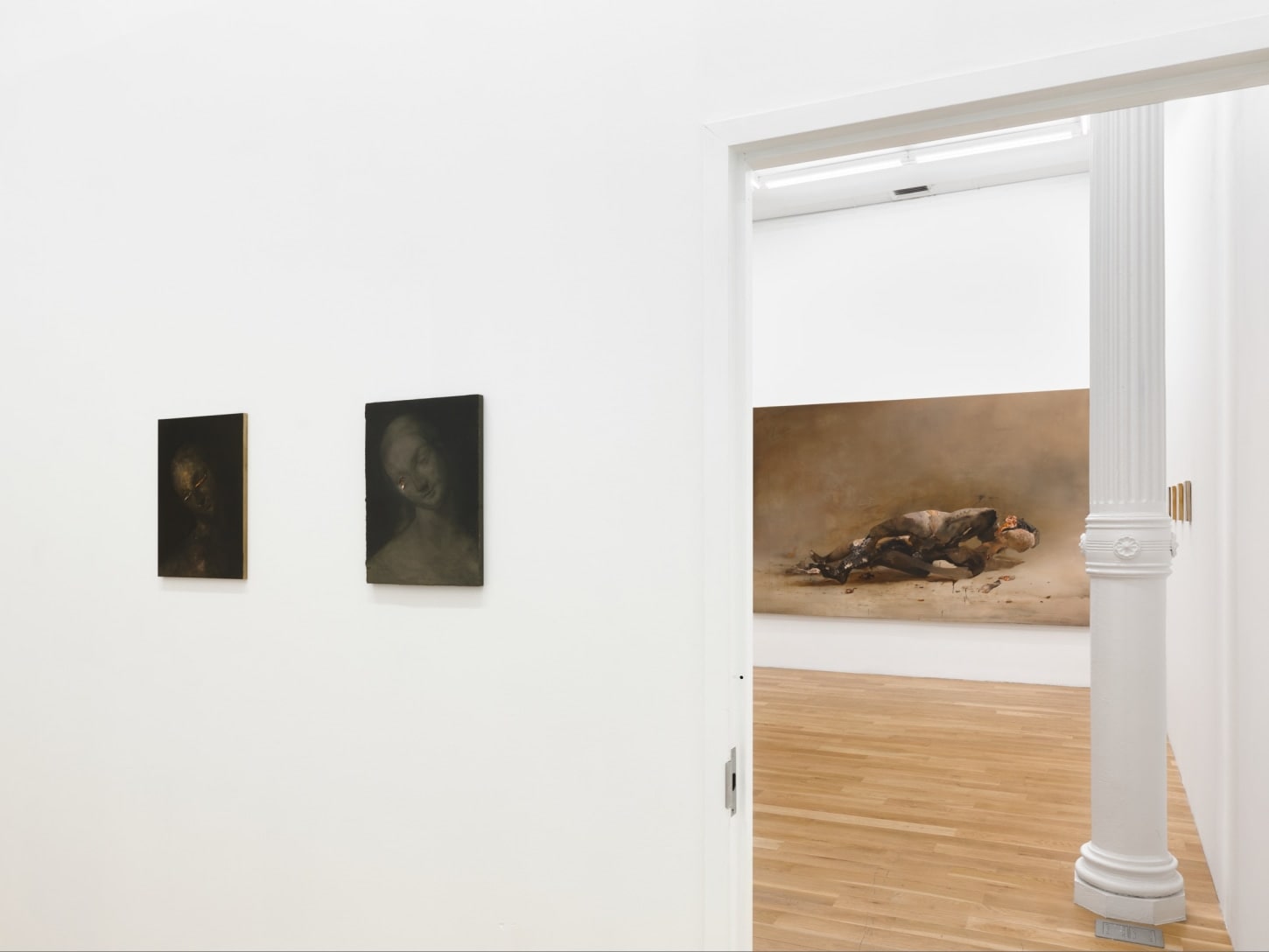
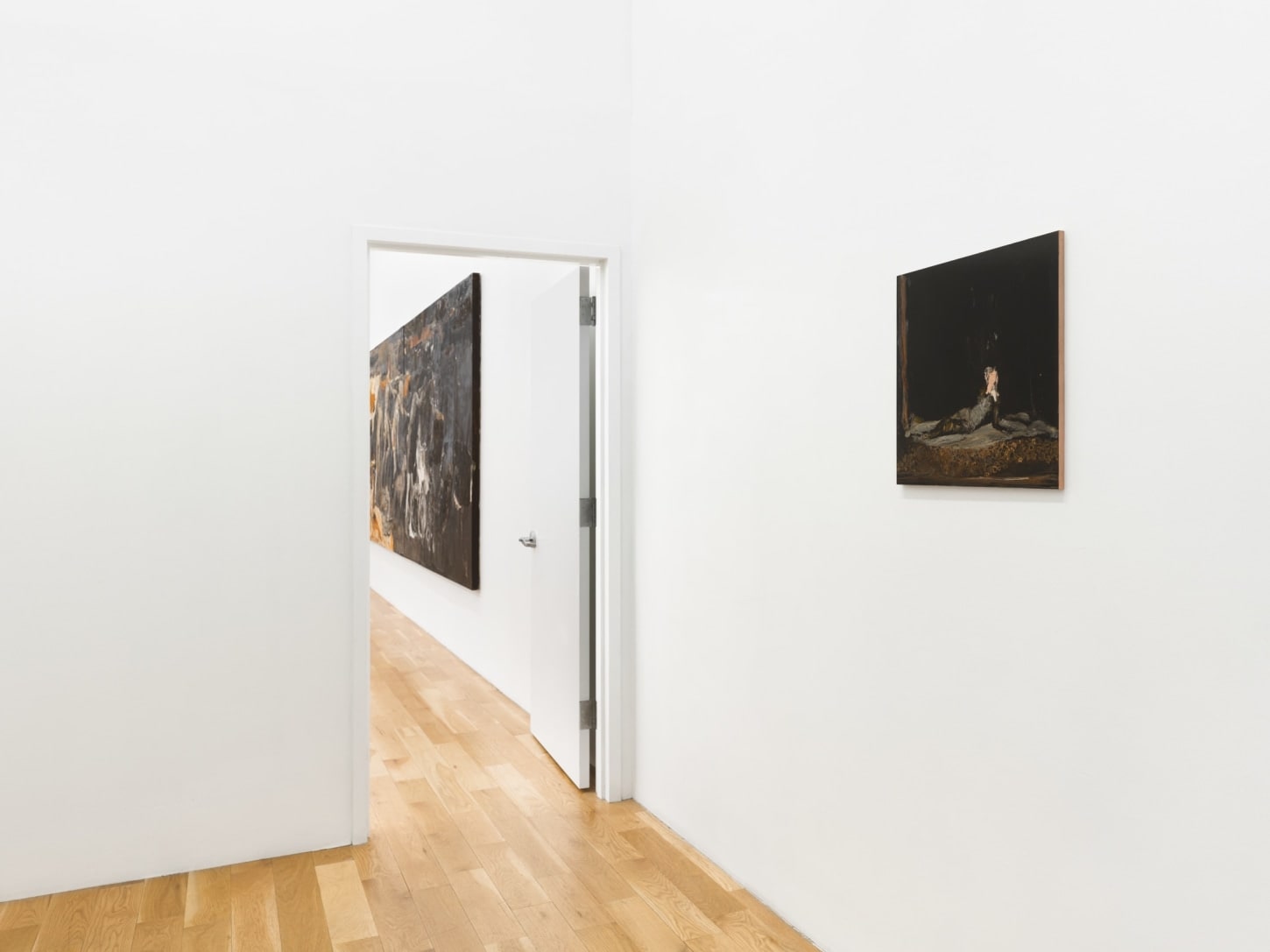
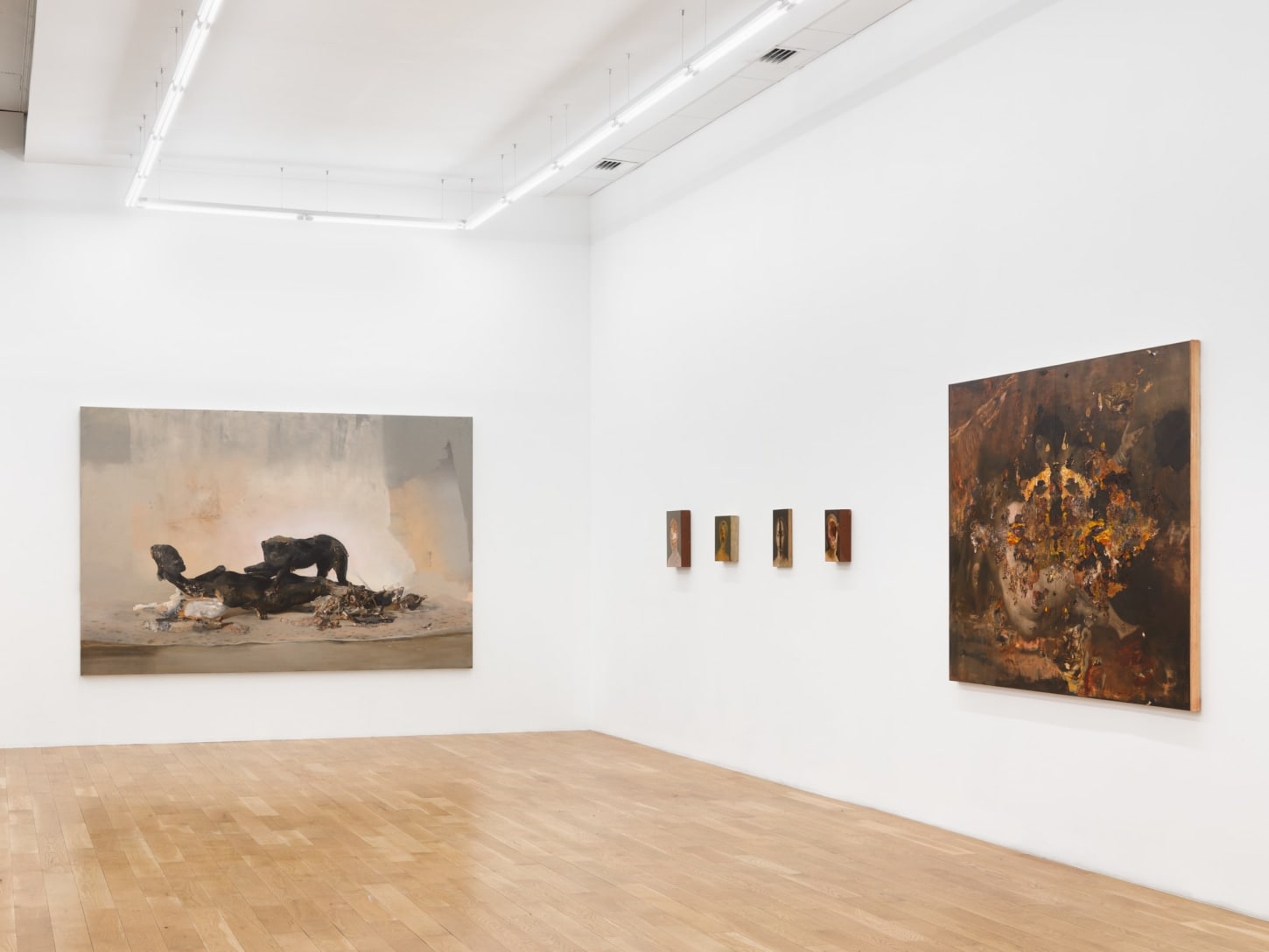
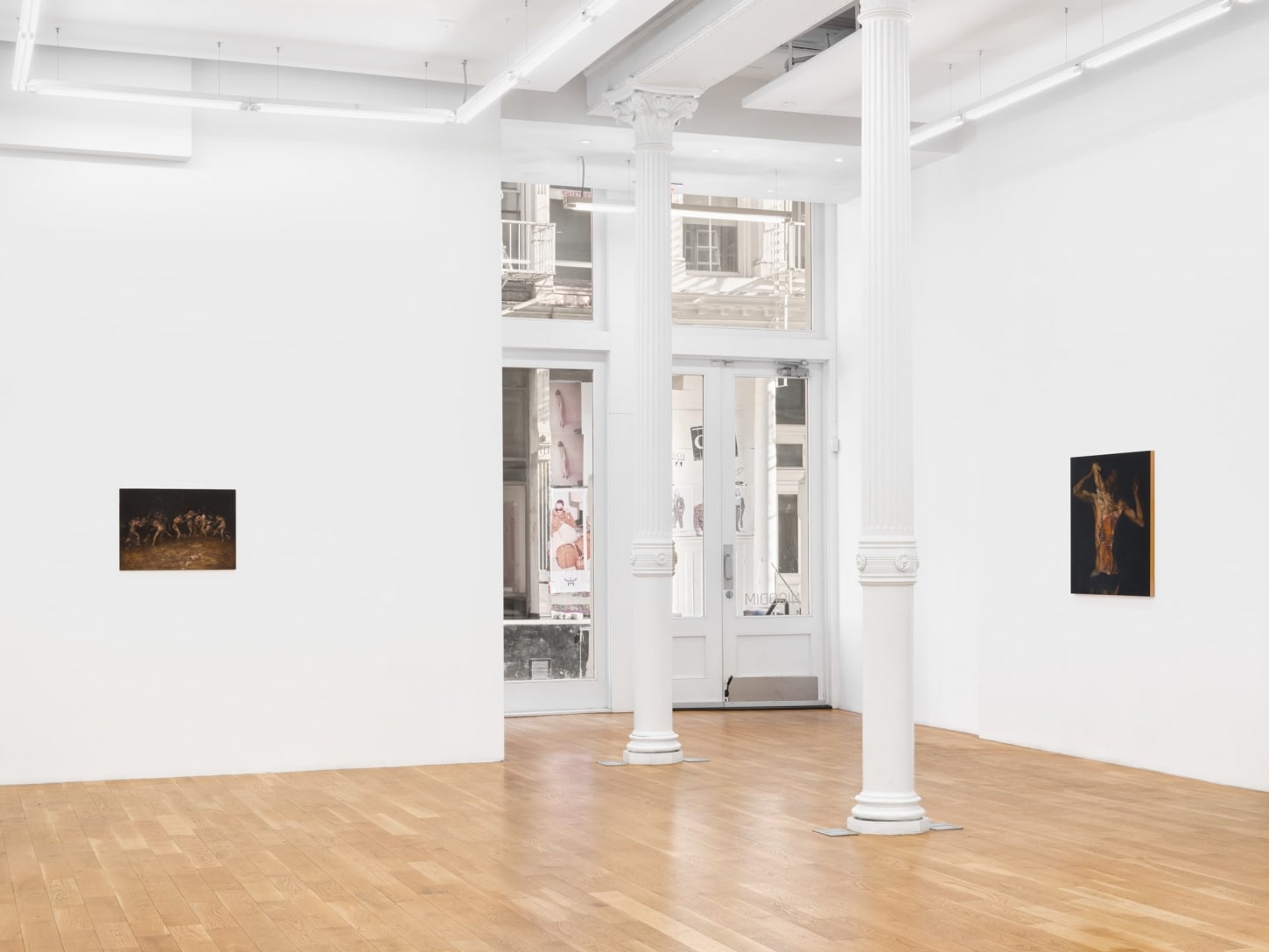
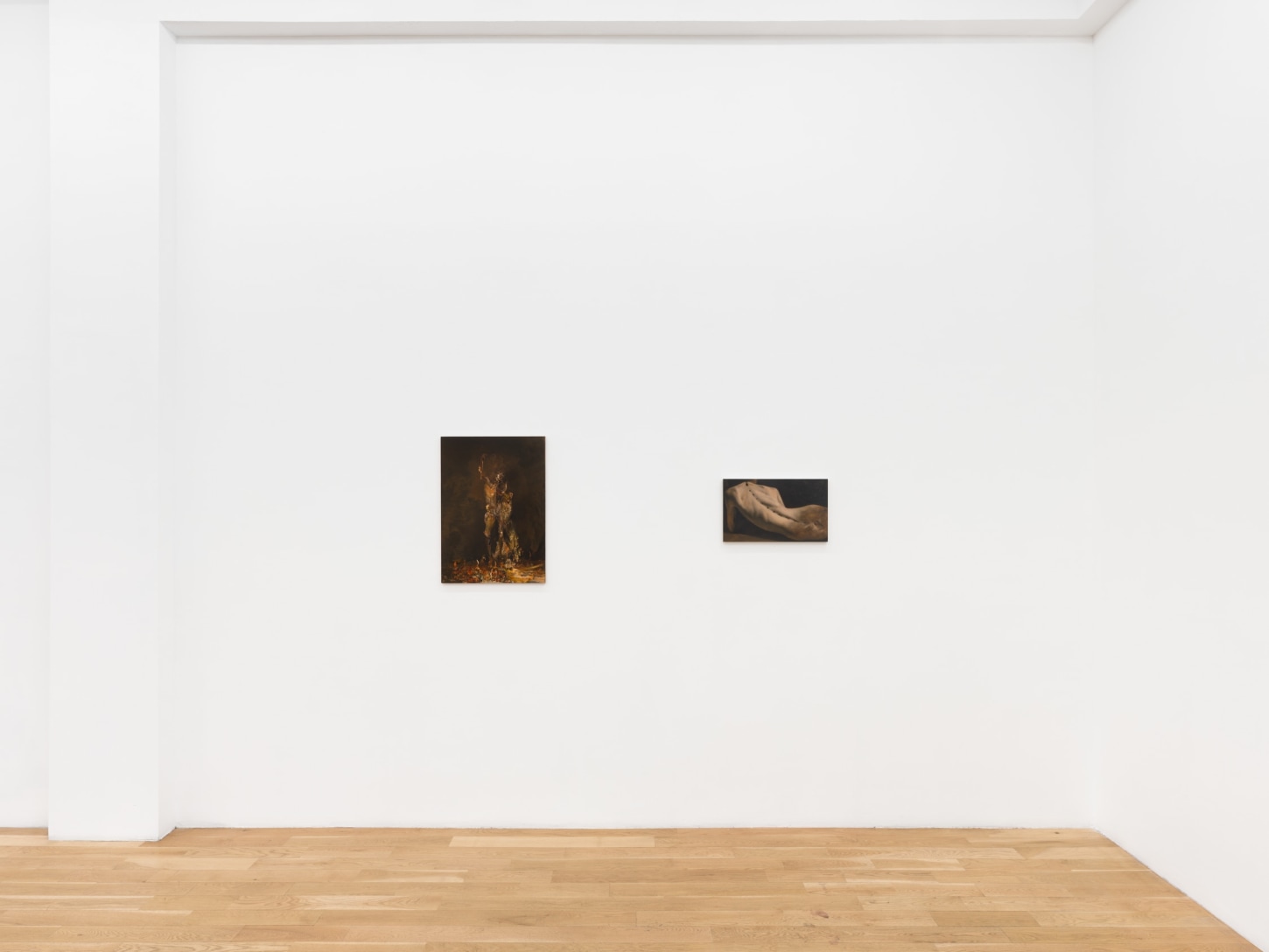
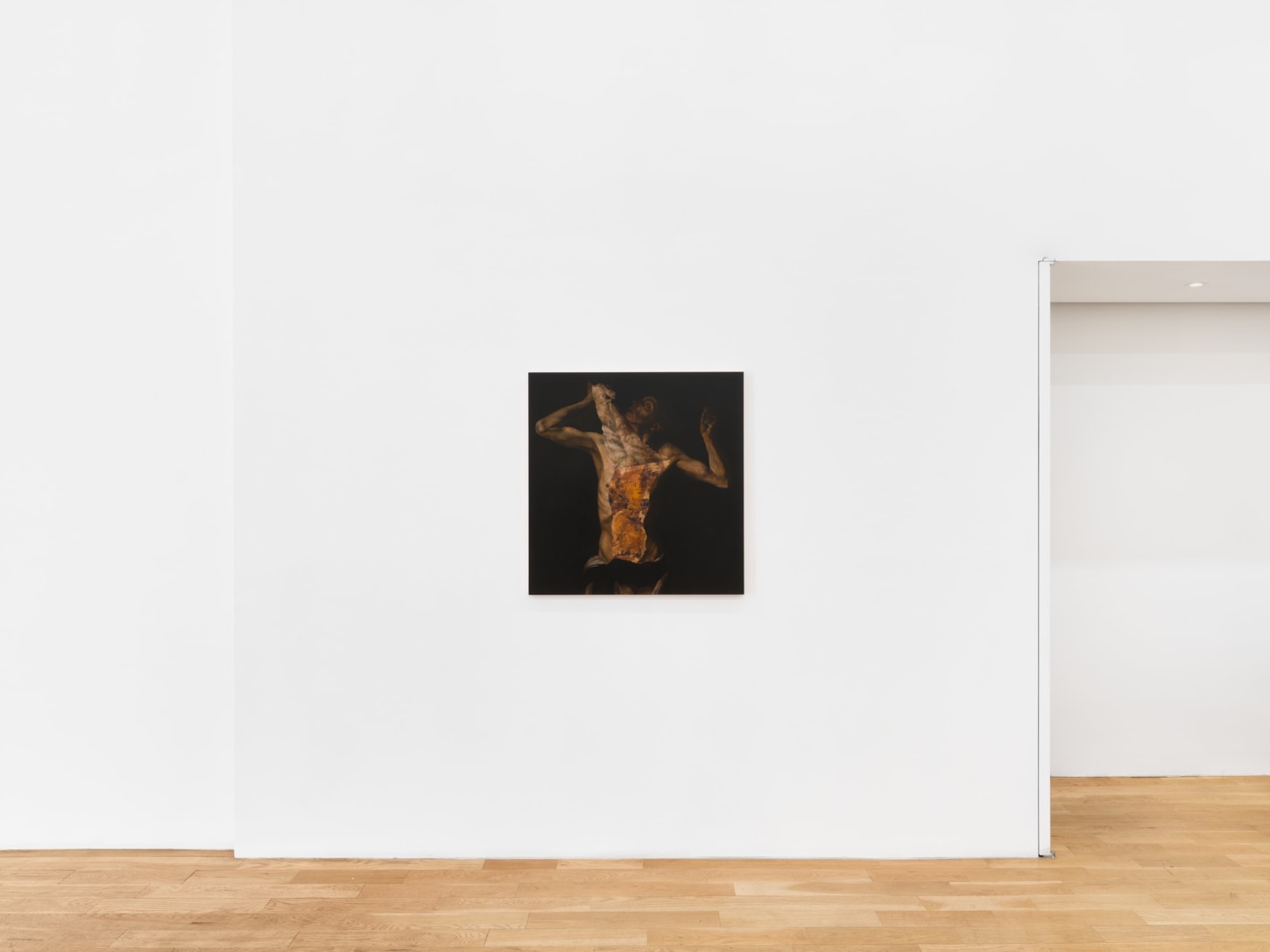
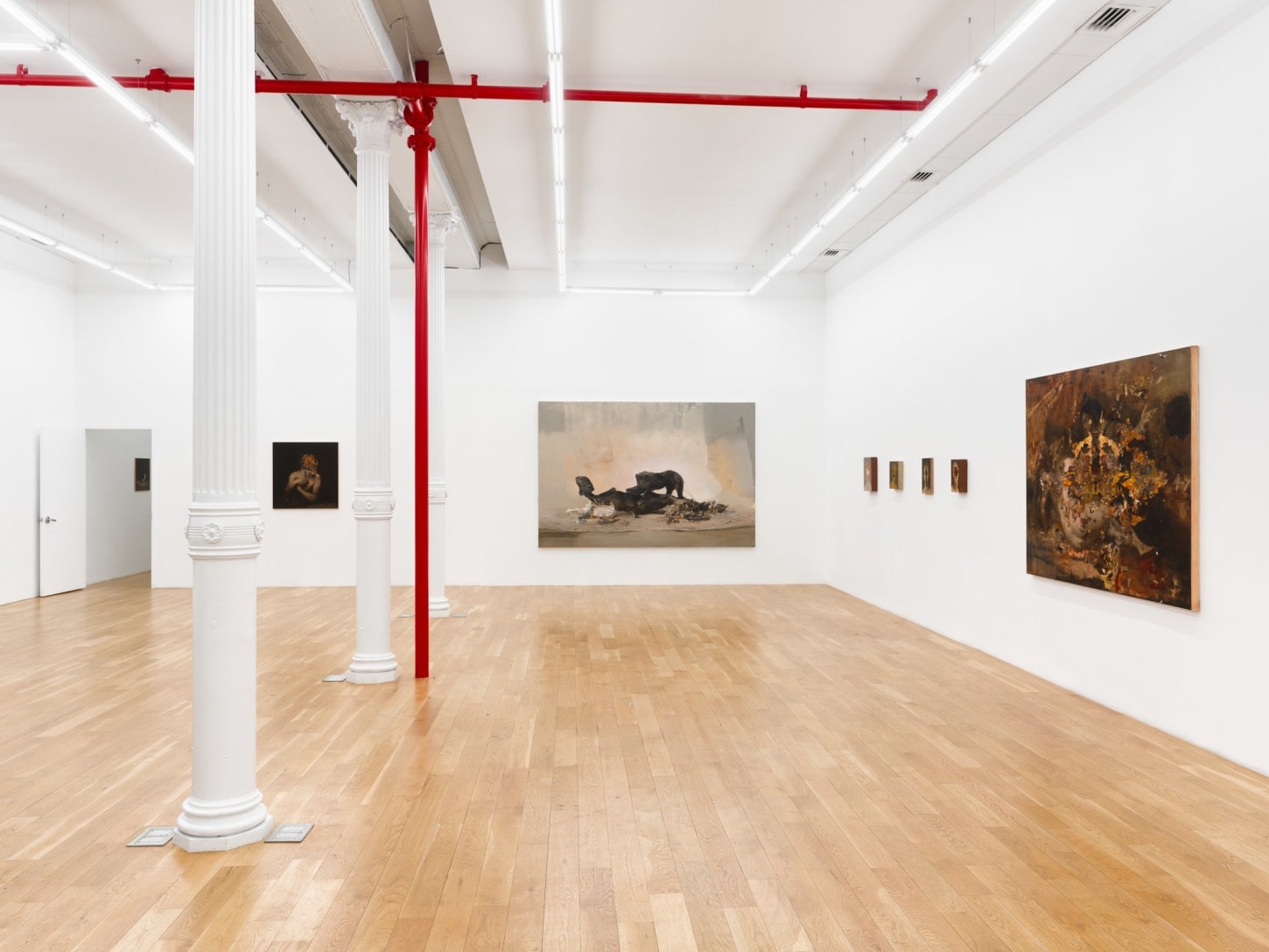
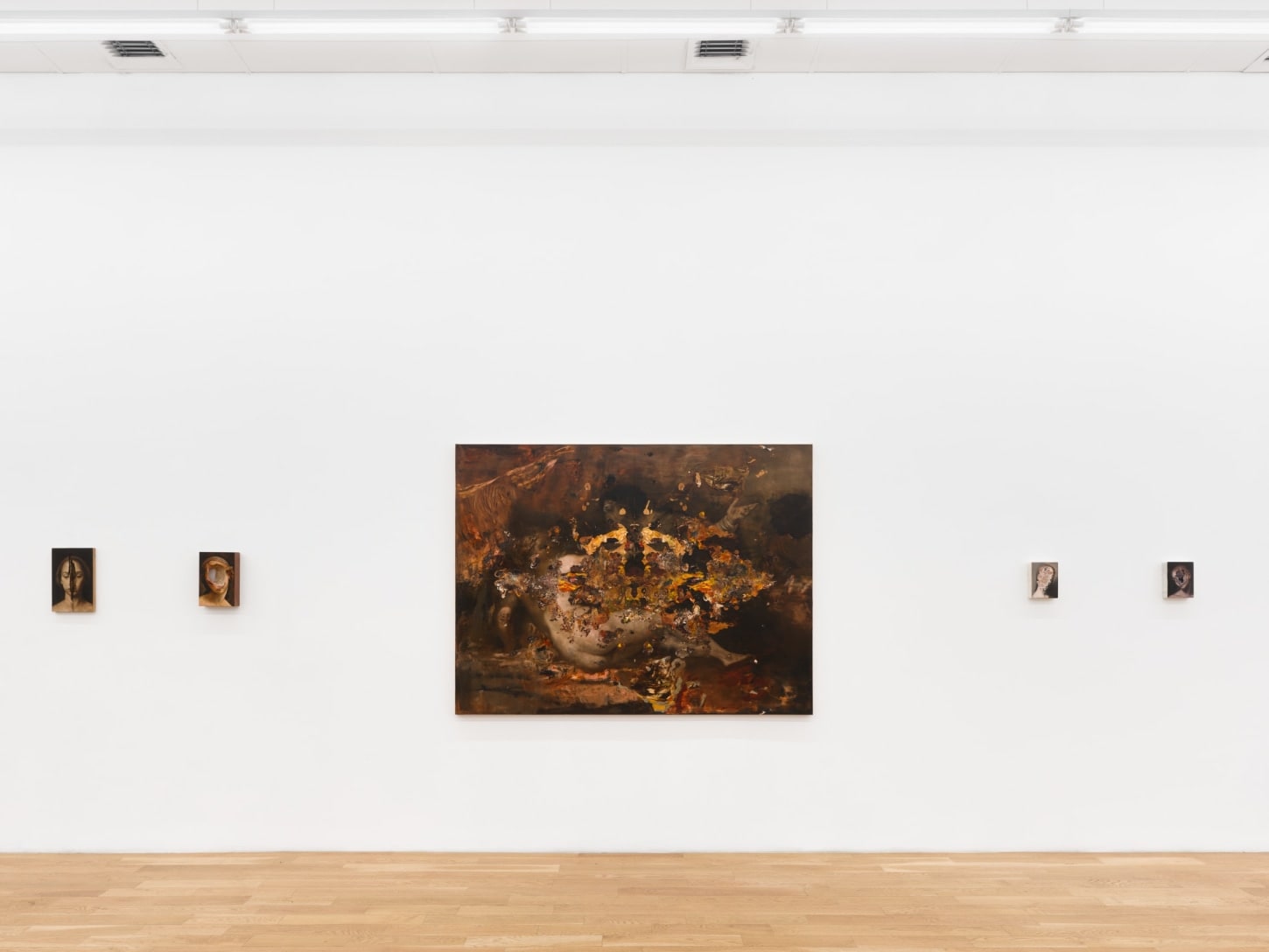
Last Updated on April 19, 2024


